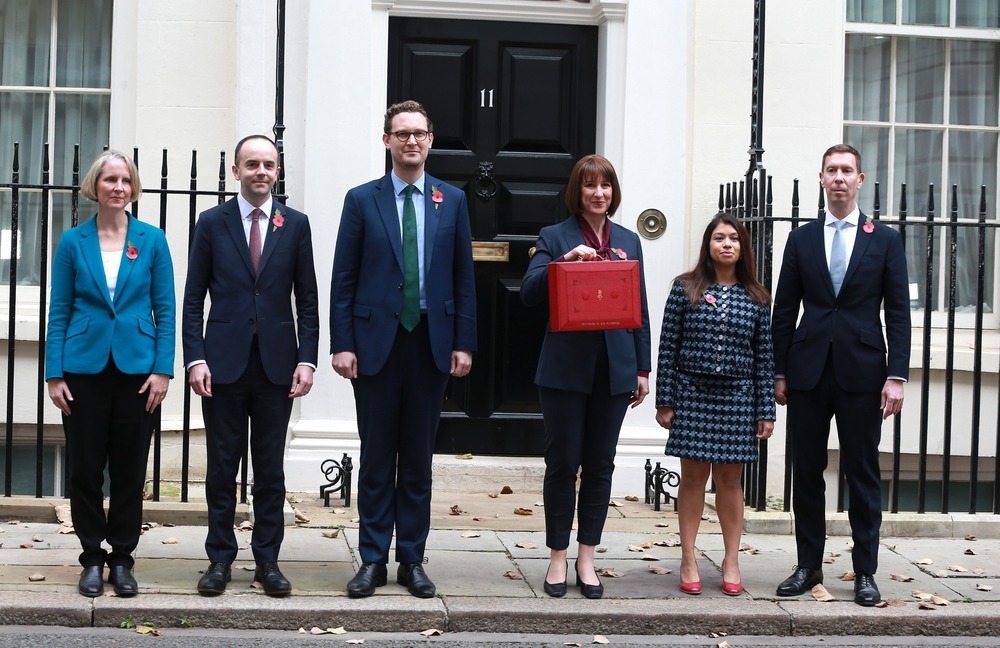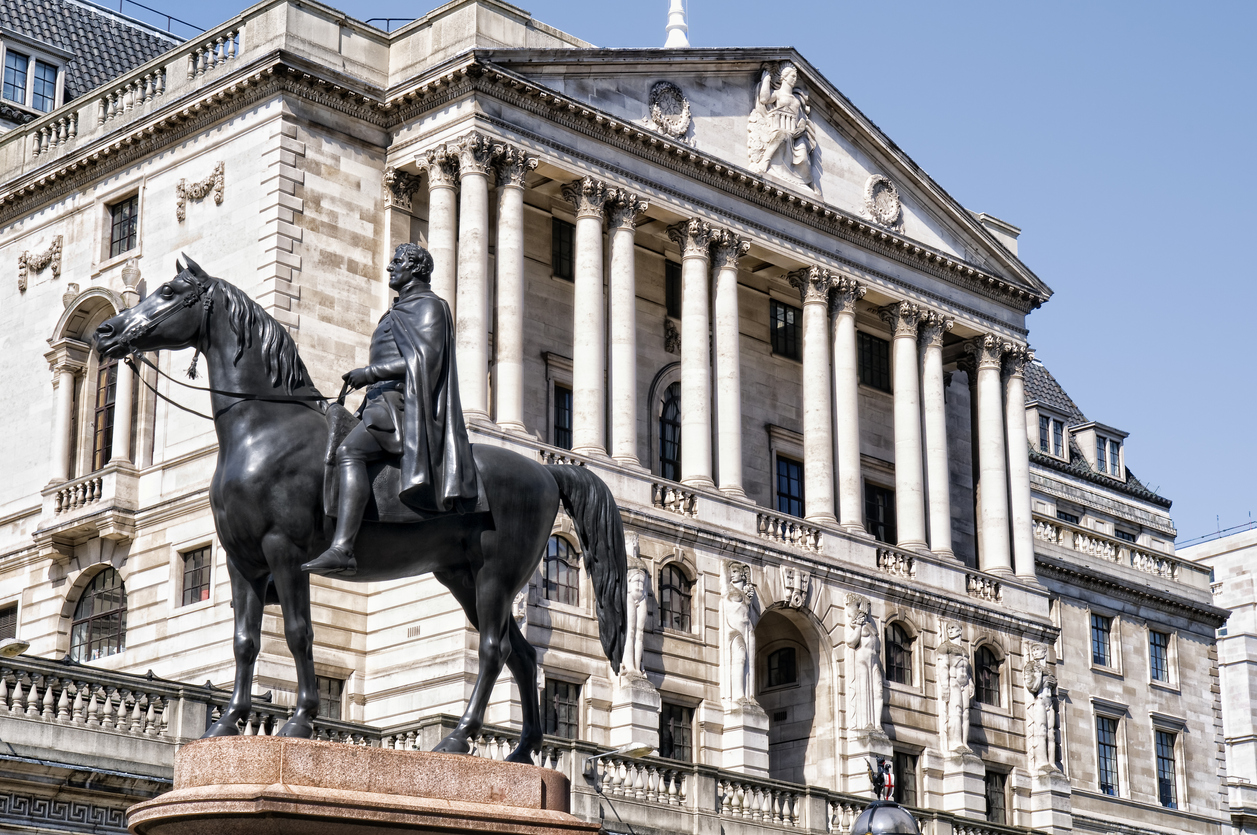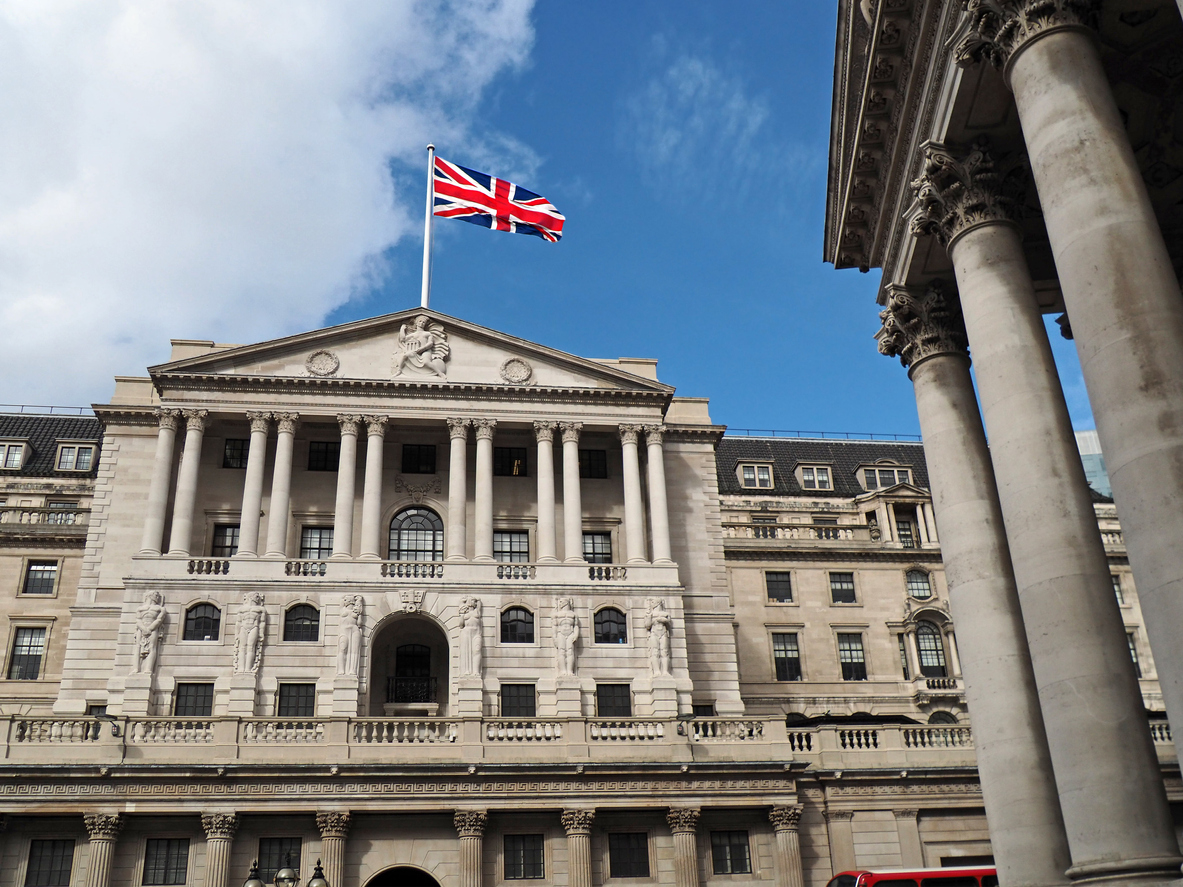Bank of England Expected to Keep Interest Rates at 4.5%.
The Bank of England is widely expected to keep interest rates unchanged at 4.5% when its policymakers announce their decision on Thursday. This decision is crucial as the Bank rate directly influences borrowing costs for households, businesses, and the government, as well as returns for savers.
In the previous meeting of the Bank's Monetary Policy Committee (MPC) in February, the interest rate was reduced from 4.75% to 4.5%. This marked a cautious step towards stimulating economic activity after months of high inflation.
Though analysts expect no change at Thursday’s announcement at 12:00 GMT, many are forecasting further rate cuts later in the year. There is speculation that two more cuts could take place by the end of 2025, contingent on economic developments and inflationary pressures.

Widespread Impact of the Bank's Decision
The MPC, which consists of five women and four men, includes economists and prominent figures at the Bank of England, all working under the chairmanship of Bank Governor Andrew Bailey. The voting decisions of the committee members will be closely monitored by market participants and analysts. The committee meets eight times a year, and each meeting has a significant influence on everything from mortgage costs to business investment opportunities.
RELATED: Rachel Reeves Net Worth: How She Built A $2 Million Fortune In 2025.
The primary objective of the MPC is to adjust interest rates in order to bring inflation closer to the government’s 2% target. The latest data reveals that inflation in the UK was recorded at 3% in January, slightly down from previous months but still above the desired target. This is one of the reasons why many analysts expect the interest rate to remain unchanged at this time.

Interest Rate Cuts and Economic Concerns
While lowering interest rates could provide some relief for borrowers and homeowners by reducing mortgage and credit card rates, it could also stimulate higher spending and potentially push inflation even higher. With inflation still above target, the Bank of England must be cautious not to inadvertently fuel further inflationary pressure.
"Bank of England policymakers have been warning on inflation and lingering uncertainty, so further rate cutting relief for homeowners looks to be an unlikely outcome from this month's meeting," said Paul Heywood, chief data and analytics officer at credit agency Equifax UK.
On the positive side, mortgage interest rates have been gradually decreasing in recent months, primarily driven by market expectations that the Bank of England will continue lowering the base rate as the year progresses. The MPC has already implemented three rate cuts since August 2024, bringing the rate to its lowest level in 18 months.
While the Bank of England has adopted a "gradual and careful" approach to further reductions, it has made clear that it is committed to easing rates in a manner that will not jeopardize economic stability.

The Broader Economic Picture
The decision to hold rates steady will also be influenced by the overall outlook for the UK economy. In February, the Bank of England halved its growth forecast for 2025, downgrading its expected growth from 1.5% to 0.75%. This reflects challenges faced by the economy as it continues to navigate inflation and global uncertainties.
At the same time, the Bank upgraded its growth forecast for 2026 and 2027, signaling optimism for longer-term economic recovery. However, it has also adjusted its inflation forecast upwards, predicting that inflation will rise to 3.7% before returning to its 2% target by the end of 2027.
RELATED: Keir Starmer Net Worth: How Much Does the Labour Leader Earn?
Further complicating the economic landscape are uncertainties in both domestic and global policies. Next week, Chancellor Rachel Reeves will deliver her Spring Statement, which is expected to provide updates on the government’s economic outlook through the Office for Budget Responsibility (OBR). Although major policy shifts are unlikely in the statement, it will offer some insight into future government spending and fiscal policies, which could impact the broader economy.
The UK economy has also faced external pressures, such as global trade challenges and the impacts of US trade tariffs, which have indirectly affected the UK market. These external factors continue to contribute to uncertainty surrounding economic growth.

Conclusion: A Cautious but Positive Path Forward
While the decision to hold the interest rates steady may not be the relief some homeowners and businesses were hoping for, it is a prudent and necessary move in light of the current economic climate. The Bank of England’s careful and measured approach ensures that the economy is not pushed into further inflationary pressures while still leaving room for gradual recovery.
The slight improvement in mortgage interest rates, despite the rate hold, reflects a hopeful outlook for the year ahead. If inflation continues to moderate, we could see more cuts in the future, which would provide more favorable conditions for borrowing and economic growth.
Ultimately, the Bank’s cautious stance provides the stability needed in uncertain times. By maintaining interest rates at 4.5%, the Bank of England is balancing the need for economic stimulation with the responsibility of controlling inflation, which is crucial for long-term economic health. With further rate cuts likely to come later in the year, there is reason to remain optimistic about the UK’s economic recovery, even amid current challenges.













